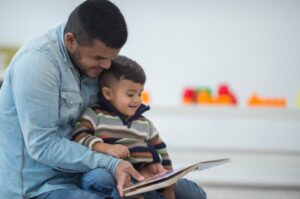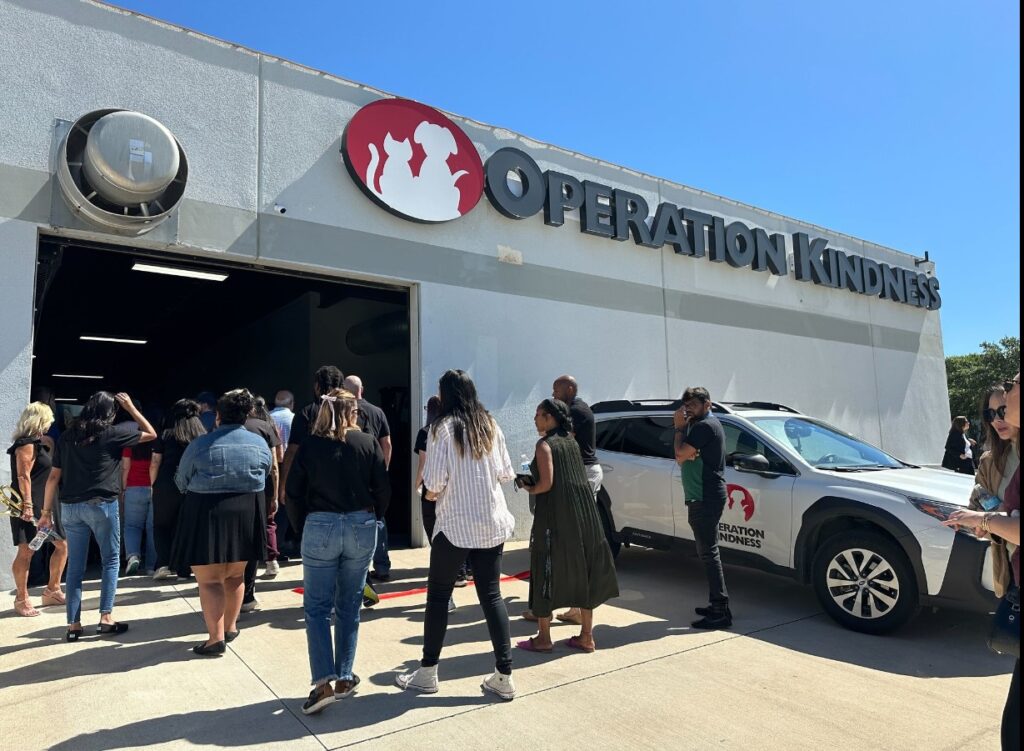January is Human Trafficking Prevention Month: Part 2 By: Justice Venture International [As we start the new…
Collaboration Fuels Innovation
By Sara Meyers, Communications Specialist
In the philanthropy space, one of the values we prize involves innovation—how are organizations providing creative solutions to tackle problems? What are they doing that is different in the community? We see new services, new technologies, and new ideas constantly in spaces we work in, but one consistent factor that fuels innovation is collaboration.
In the nonprofit space, competition can feel like the name of the game. When you’re targeting fundraising dollars and tasked with a large budget to raise every year, you are taught from the beginning to communicate all the ways your organization is different—how do we stand apart? Why are we so different in our mission? What are we doing that the “other” organization is not doing? In this conversation, the easy way out seems to be to silo ourselves and ensure we do not partner with anyone because it could harm us when we go to publicize for our big event or campaign. As someone whose background is nonprofit fundraising and communications, I felt the tension for 13 years!
For those who follow the way of Jesus Christ, we know that joining together with others has been shown effective and life-giving for centuries. When the church began in the first century, it was groups of people joining together to care for those who had needs that showed the world that community is the best model for living! Imagine—a community where no one ever lacked, where the grieving always found comfort, and the sick always had care. We believe this model of partnership and relationships is worthy of striving for!
The Rees-Jones Foundation engages with multiple non-profit groups in the community that are impactful in focus areas we have great interest in, and which have shown that collaboration can be done well, while still maintaining strong organizational brand identity and mission fidelity. For us, seeing unity amongst nonprofit partners is a major asset, not a loss.
One of these groups is the ReadUp collaborative in North Texas. ReadUp is made up of multiple literacy organizations including, Beacon Hill Preparatory Institute, Catch Up & Read, Readers 2 Leaders, and Reading Partners. The group is “dedicated to improving quality outcomes for elementary students in North Texas with the vision that all students read on grade level by third grade.” Based on a strong relationship with Dallas Independent School District, these four organizations work directly with 51 elementary schools in the district as well as 11 youth serving agencies across Dallas. Their partnership is strategic, innovative, and highly mission-driven. Last year, ReadUp saw a 55% average improvement in children’s literacy skills. Students showed improvement in areas like sentence reading fluency, listening comprehension, and vocabulary. This group continues to see big wins as children are experiencing positive ripple effects beyond academic spaces.
 Another organizational collaboration we admire is in the animal welfare space. When Operation Kindness opened the doors to its Lifesaving Partnerships Hub in June, it was evident how much they rely on community collaboration when they invited specific partners to take their air time and speak to the gathered audience. Dallas Animal Services, Hearts & Bones Rescue, and Dallas Pets Alive have all become key allies in efforts to make Dallas a safe place for both humans and companion animals. By working together, these organizations have been able to offer more veterinary support, increase fostering of dogs and cats, decrease the number of animals feeding into Dallas Animal Services, and provide more opportunities for neighbors to receive spay/neuter services.
Another organizational collaboration we admire is in the animal welfare space. When Operation Kindness opened the doors to its Lifesaving Partnerships Hub in June, it was evident how much they rely on community collaboration when they invited specific partners to take their air time and speak to the gathered audience. Dallas Animal Services, Hearts & Bones Rescue, and Dallas Pets Alive have all become key allies in efforts to make Dallas a safe place for both humans and companion animals. By working together, these organizations have been able to offer more veterinary support, increase fostering of dogs and cats, decrease the number of animals feeding into Dallas Animal Services, and provide more opportunities for neighbors to receive spay/neuter services.
What if joining together with community partners was helpful and not harmful? The Rees-Jones Foundation continues to applaud our grantees who innovate through collaboration. These collaborations have the opportunity to get at the root issues of complex, systemic problems in our community. While solving problems is rewarding, it is even more fulfilling and lasting when we do it together.
Share this post:
Category: Original ContentUncategorized
January is Human Trafficking Prevention Month: Part 1 By Shellie Velasco, Program Officer [As we start the…
Welcome to 2025 By Adrian Cook, Director of Research & Evaluation “But the steadfast love of the…

